Koen Pack develops new collections in packaging, decorations and hardware every year. The theme of sustainability is becoming increasingly important, and at the same time the question of which packaging is the most sustainable is increasingly pressing. The supplier shares a look at the possibilities below.
Paper or plastic?
Recently, customers are increasingly asking for paper packaging. Especially with the FSC quality mark, with which you know that it comes from responsible forests and you are contributing directly to the protection of our forests and to a healthy living environment for humans and animals worldwide. Paper is easy to collect and recycle into new paper, from which new products can be made. Paper can be recycled up to seven times, and is therefore circular.
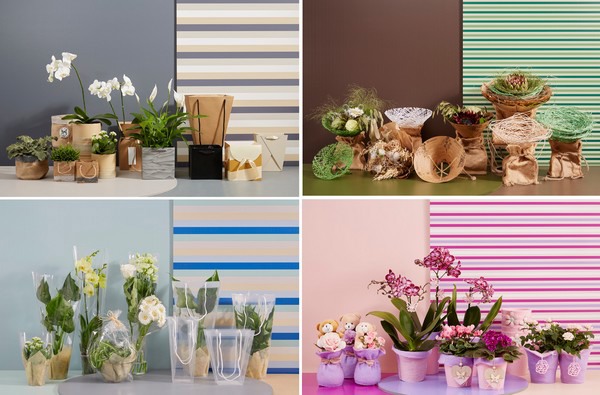
Since paper isn't as strong as plastic, a paper bag requires more material than a plastic bag with the same weight. Trees have to be felled for this and the combination of paper and water is not optimal for the packaging of flowers and plants. So there is something to be said for both.
How sustainable is paper compared to plastic?
That is a very difficult question, because you also have to take residual flows into account. In Europe we have a good system for collecting and recycling waste paper, which closes the chain. In businesses, paper and plastic are often collected separately and taken to specialized recycling companies.
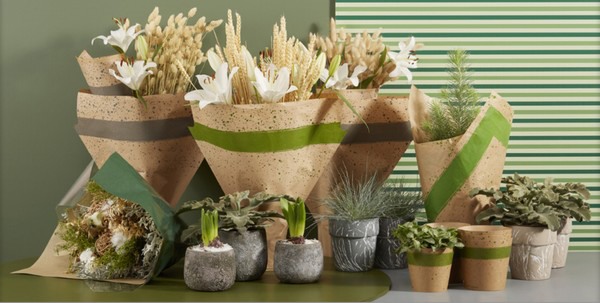
When is plastic better?
Plastic is strong and water resistant. Ideal for wrapping or decorating flowers and plants. It provides protection and additionally you can easily print and personalise it. The disadvantage is that it is made from fossil fuels (virgin materials), which are not renewable. Because you can recycle plastic into new high-quality products, you can also see it as a raw material. If it is not reusable, but is incinerated as waste, it is in a sense also circular because it then generates heat for many households.
At the moment, after recycling, we have to take into account that the price for plastic granulate is more expensive than virgin material. An example of items made from recycled materials are the semi-transparent covers made from rHDPE and rLDPE.
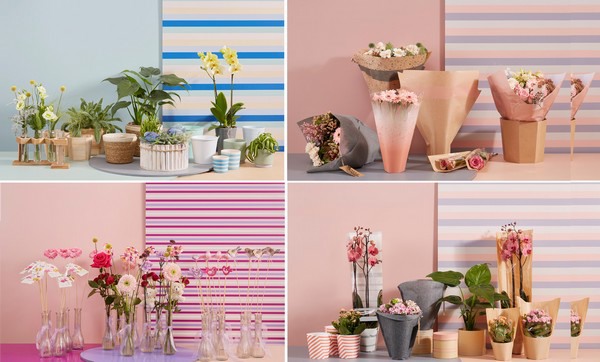
Do you currently opt for paper or plastic?
You can't really just focus on paper versus plastic, because you have to look at the whole product system. Disposing of products because the protection is not optimal is ultimately more expensive than the packaging material itself.
Plastic isn't that bad
Because as long as there is no better option than plastics, we must ensure that it ends up in the correct waste bin, so that something can be done with it in any case. Information is key here.
By actively playing a role in the circular economy, by clearly informing consumers about the sustainability of the products and by promoting the increase in well-being in cities and offices through more greenery, the floriculture sector can also maintain its position in the coming years.
As a marketing employee at a packaging wholesaler, people sometimes ask me: Can't you stop using those plastic sleeves? So bad for the environment!
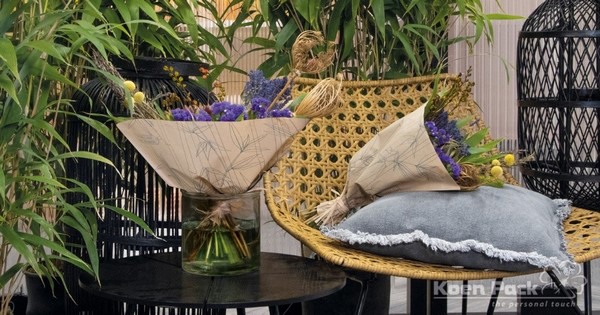
And yes, plastic is bad for the environment if it ends up in nature. But if we manage to collect and reuse the plastic, I think plastic could be the most sustainable packaging material at the moment.
How do you know if a packaging material is sustainable?
If you want to know whether a packaging material is sustainable, you have to pay attention to 2 things: firstly, how much energy it costs to make this material (CO2 footprint) and secondly, whether we can easily recycle packaging into new packaging (circularity). This makes giving an answer quite difficult.
Because what alternatives do we have for plastic?
With the same application, there is actually no good alternative available besides paper. It is good to look at the material used from the front. Plant-based materials are renewable and therefore the better option. The latest development is a series of covers that are 100% made of bamboo.
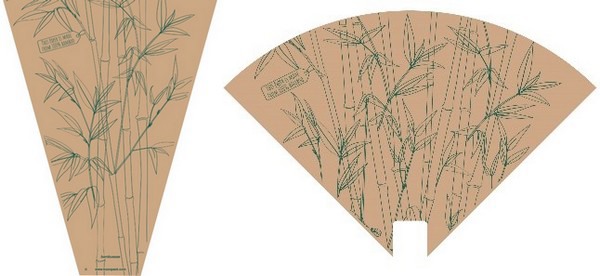
Bamboo is a fast-growing type of grass that is extremely suitable for making paper. It is compostable, recyclable and has a sustainable look. In 6-8 months, a bamboo culm reaches its full height and thickness, making it one of the fastest growing crops for making paper. Like trees, bamboo plants are a renewable resource that absorb CO2. Bamboo grows through sun and water, is biodegradable and can serve as bioenergy. The Bamboo fiber is supple and the paper made from Bamboo is therefore smooth. It is expected that the share of bamboo in paper manufacturing will increase, especially in countries where wood is difficult to obtain.
“The environmental impact of packaging is closely related to the material used, the purpose for which you use it, specific customer requirements and whether you can recycle or reuse it properly. In addition, raw materials and energy are required for the production of packaging. Transporting and recycling packaging also costs energy. All of this is harmful to the environment. Source: Milieu Centraal ”
At Koen Pack, we recommend making packaging from one material (mono-material), because it is easiest for the consumer to throw it in the correct waste bin. We also look at how thin the foil can be, because the less material you use, the better it will be in the end.
The most sustainable packaging is no packaging!
We don't always have a choice, because you still want the flowers and plants to end up in the vase on the windowsill in the best condition and undamaged.
Jack-of-all-trades
We have been good at this for 25 years, judging by the anniversary we can celebrate this year. Koen Pack's mission is to make flowers and plants more beautiful anywhere in the world. And we do this from offices in Amstelveen, America, Canada, Colombia and Ecuador. Koen Pack has grown into one of the leading players in the horticultural packaging market.
Sustainability can be found throughout the organisation. In our own companies with solar panels and charging stations for electric cars, but also sensor LED lamps to save energy. The plastic and paper waste is collected for recycling and to make new products. Buyers are also looking for materials that are less harmful to the environment, such as bamboo paper. We have been FSC certified for some time and we require our suppliers to have such certificates as well. In this way we actively contribute to a better environment.
New anniversary logo in 2021
On April 15, 2021, Koen Pack will be celebrating its 25th anniversary, but unfortunately we will not be able to celebrate the anniversary as extensively as we would have preferred before Covid-19. However, we have developed a special logo for this which we will use throughout the year, because we obviously do not want to let this go unmarked. We would like to thank our customers, suppliers, employees and relations very much for the trust and pleasant cooperation over the past 25 years.
For more information visit: www.koenpack.com/sustainable
Koen Pack BV
De Loetenweg 8 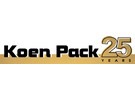
1187 WB Amstelveen
info@koenpack.com
www.koenpack.com
